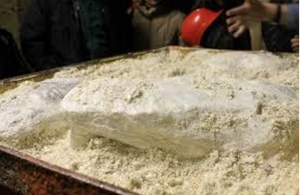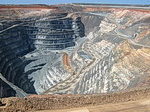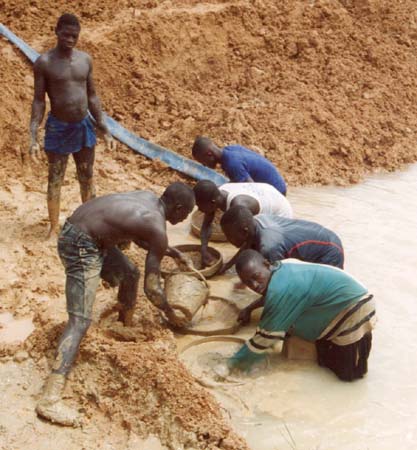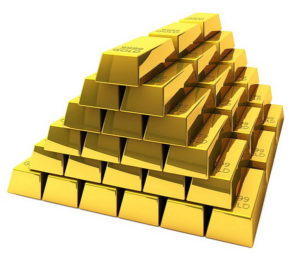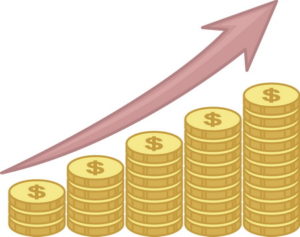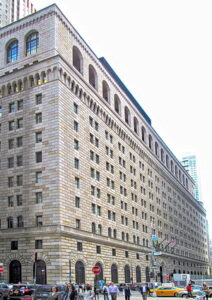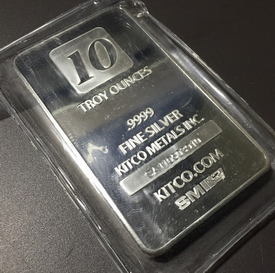 Silver is often overlooked and overshadowed by the yellow glistening of gold. It seems as if this mineral (considered a mineral when in its native form) plays second fiddle to its more precious cousin. However, this doesn’t change many distinctive facts about this shiny metal. In this article, we will try to discuss a different aspect of this valuable and noble mineral.
Silver is often overlooked and overshadowed by the yellow glistening of gold. It seems as if this mineral (considered a mineral when in its native form) plays second fiddle to its more precious cousin. However, this doesn’t change many distinctive facts about this shiny metal. In this article, we will try to discuss a different aspect of this valuable and noble mineral.
History of silver
Southeast Europe (present-day Turkey and Greece area) was considered to be the place where silver ore was discovered for the first time. The archaeological findings suggest that the silver mining in this region dates back to 3000 BC. Ancient people even found a way to extract pure silver from its ore — the process is called cupellation. They used to heat the silver ore and blow air through it. Base metals present in silver ore, such as copper and lead, oxidize in the air and get separated from the silver element.
Egyptians also developed the method to separate silver and gold from each other. They mastered the art of getting silver into its most refined state. For them, this lustrous metal was considered ‘white gold’. Like gold, silver was viewed as a valuable metal in all the ancient civilizations. Due to its various suitable properties, high malleability and durability, it had been used to make coins, jewelry and other items of use.
Silver’s inertness led to its mythical stature
Since silver doesn’t react to air and never does rusts, many people from the prehistoric era believed it had supernatural powers. In modern times, silver has started to get tarnished due to the increased amount of sulfur in the air, thanks to the industrial revolution.
Different uses of silver
It might sound fictional, but the truth is that silver actually forms in star explosions known as supernovae. According to one study published in the journal of Astronomy and Astrophysics, explosions of smaller stars produced silver while the destruction of larger stars produced gold. The relevance of silver hasn’t ended with ancient times. Even in recent history to this day, it has had many uses.
Silver as currency
Like gold, silver also has a rich history of having been used as the first choice of metal used in currency. There are several reasons as to why this metal had always been a better option to make coins.
-
- Silver has a very high melting point in comparison to other metals
-
- It doesn’t corrode and rust like most of the metals
-
- The luster of silver also makes it an attractive option to produce coins and jewelry
- It is neither abundant as iron and copper, nor is rare and precious as gold
Due to all these reasons, silver was minted into coins in a pre-BC era in the Mediterranean region.
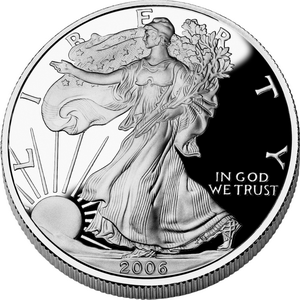
Silver as a Commodity
Silver is also a significant commodity in the financial market. As a precious metal, it is traded every day throughout the world and according to some experts, the price of silver is about to jump to all-time highs. Indeed, the market price of silver has more than tripled since 2000.
In addition, silver (and gold) are collector’s items, where hobbyists can buy it in many different forms (coins, bars, etc.) from a variety of reputable agencies. They can either purchase the actual metal or have the company secure it in a vault in order to maintain it in certificate form. For collectors, the former is more frequent.
Precious metals come in either ounces or troy ounces. One troy ounce equals 1.09714286 ounces of silver; however, acquiring one ounce with respect to one troy ounce is more uncommon. Regardless, they are usually in the area of .999% pure silver.
The metal can also come in certified form and it is best to obtain these as opposed to just the metal without certification. The reason is that in certified form, it proves that it is real silver, as well as having a verified value to them. The higher the grading, the more the metal will cost in the collectors market. (In the precious metals market, it would be sold at the going price of the coin e.g if it was going to be sold to a jewelry store, it would be purchased via the going market price).
As of the writing of this article, the prices of one ounce of silver is $16.81.
Silver in photography
Before the digital technology of photography and film, silver was the centerpiece of photographic films that was used to capture images. The coating of silver halide, when exposed to light, reacts by producing a latent image that can be further developed into a photograph.
Medical uses of silver
Due to its antibacterial non-toxic properties, silver has been used in ointments, eye drops and dental hygiene products. Even before the recent medical developments, silver foil was used to wrap around wounds in order to save them from bacteria.
Due to the same antibacterial and disinfectant properties, silver is also one of the ingredients of dental cavity fillings.
Silver in electronics
Silver possesses exceptional thermal and electrical properties that make it an important part of many electrical components where operations can’t be performed by cheap metals like copper and silver. For printed electronic boards, a silver paste made by dissolving silver into nitric acid is used to make circuit paths.
Sliver in the automotive industry
Silver has been used to electroplate engine bearings made of steel. Due to its high melting point, it can withstand high temperatures of engine combustion. The silver surface of bearings also acts as a lubricant and reduces friction.
Silver in the chemical industry
Silver is used as a catalyst in the formation of two important chemical products: ethylene oxide and formaldehyde. Ethylene oxide is used in the industry of molded plastics while formaldehyde is used to produce solid plastics and protective coatings.
Uses of silver clearly shows us that this metal has traveled a long journey through the boulevards of history and is still very much relevant in today’s time and age.


